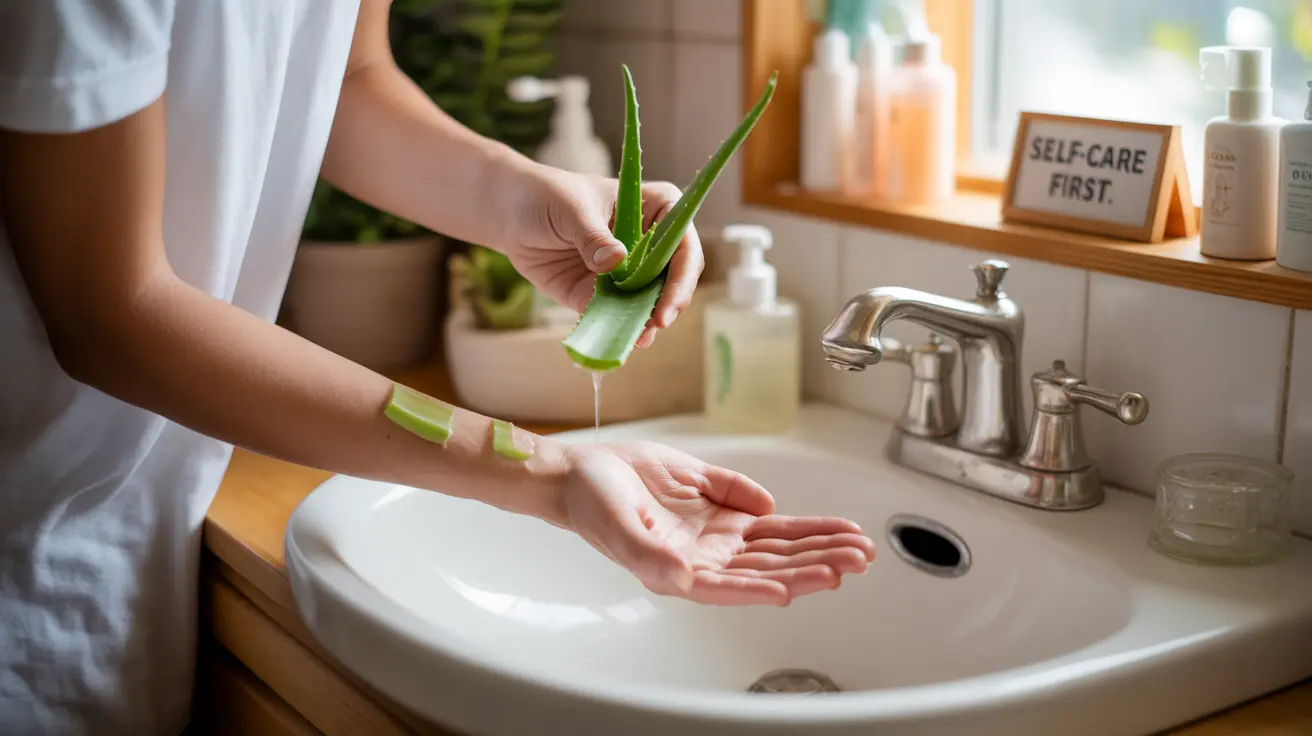Impetigo is a common bacterial skin infection that primarily affects children, though it can occur at any age. While medical treatment is often necessary, understanding how to treat impetigo at home can help manage symptoms and support healing when used alongside prescribed medications. This guide will walk you through safe and effective home care methods while helping you recognize when professional medical attention is needed.
Understanding Impetigo and Basic Home Care
Before starting any home treatment for impetigo, it's crucial to understand that proper hygiene and careful handling of the affected areas are essential for preventing spread and promoting healing. The infection typically appears as red sores that break open, ooze, and form a honey-colored crust.
Essential Home Care Steps for Impetigo
Proper Cleaning and Hygiene
The foundation of treating impetigo at home starts with proper cleaning techniques:
- Gently wash the affected areas with warm water and mild soap
- Use a clean towel to pat the area dry (never share towels)
- Wash hands thoroughly before and after touching affected areas
- Change bedding and clothing daily to prevent reinfection
Safe Natural Remedies
Several natural remedies may help support healing when used properly:
- Raw honey (medical-grade)
- Warm compresses
- Tea tree oil (diluted appropriately)
- Aloe vera gel (pure)
Creating a Healing Environment
To promote optimal healing conditions:
- Keep the affected area clean and dry
- Avoid scratching or touching the sores
- Use loose-fitting clothing to prevent irritation
- Maintain a cool, comfortable environment to reduce sweating
Preventing Spread Within the Home
Taking preventive measures is crucial when treating impetigo at home:
- Keep infected individuals' personal items separate
- Regularly disinfect commonly touched surfaces
- Ensure all family members practice good hand hygiene
- Keep fingernails short and clean
Warning Signs and Medical Attention
While home treatment can be effective, certain situations require immediate medical attention:
- Fever development
- Sores that worsen or spread rapidly
- Deep or painful sores
- Symptoms lasting more than a week
- Signs of infection around the sores
Frequently Asked Questions
How can I safely use home remedies like aloe vera or honey to help treat impetigo at home?
Apply pure aloe vera gel or medical-grade honey to clean, dry skin using clean hands or a sterile cotton swab. Always do a patch test first and apply these remedies thinly. Never use raw honey from unknown sources, and ensure aloe vera products are pure and free from added ingredients.
What steps should I take to clean and care for impetigo sores before applying medication?
Gently wash the affected area with warm water and mild soap, pat dry with a clean towel, and ensure your hands are thoroughly cleaned before applying any medication. Remove crusts carefully during washing to allow better penetration of treatments.
Are there any home treatments for impetigo that children should avoid due to risk of irritation?
Children should avoid essential oils, hydrogen peroxide, and any harsh astringents as these can cause irritation. Also avoid hot compresses, apple cider vinegar, and any remedies containing alcohol or fragrances, as these can worsen symptoms or cause discomfort.
How do I prevent impetigo from spreading to other family members during home care?
Keep the affected person's bedding, towels, and clothing separate and wash them daily in hot water. Ensure everyone practices proper hand hygiene, avoid sharing personal items, and keep the infected person's nails trimmed short to prevent scratching and spread.
When is it necessary to see a doctor instead of relying on at-home impetigo treatments?
Seek medical attention if symptoms worsen after 24-48 hours of home treatment, if the infection spreads to new areas, if fever develops, or if sores become increasingly painful or deep. Also consult a healthcare provider if multiple family members become infected or if the condition affects a large area of the body.




